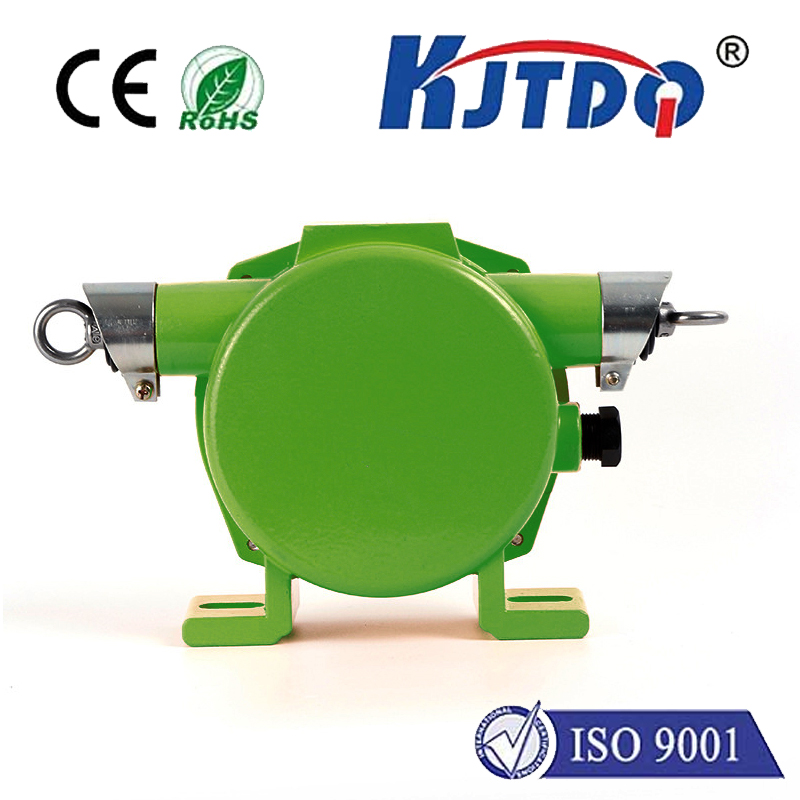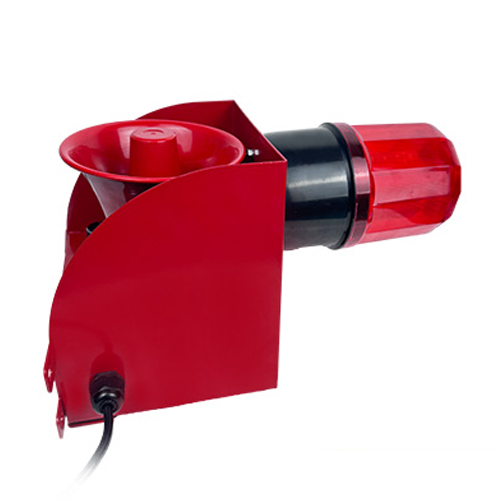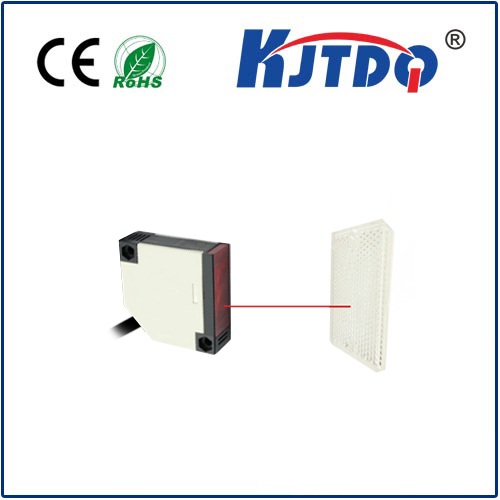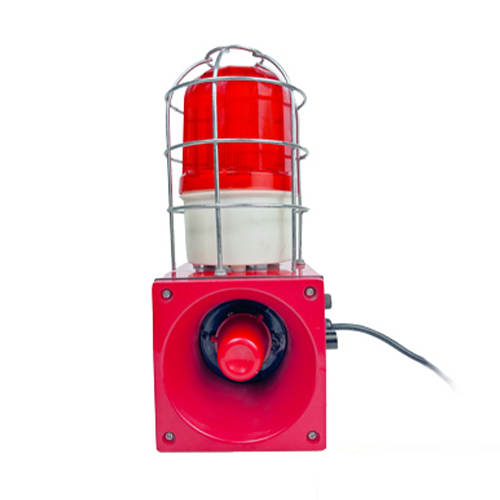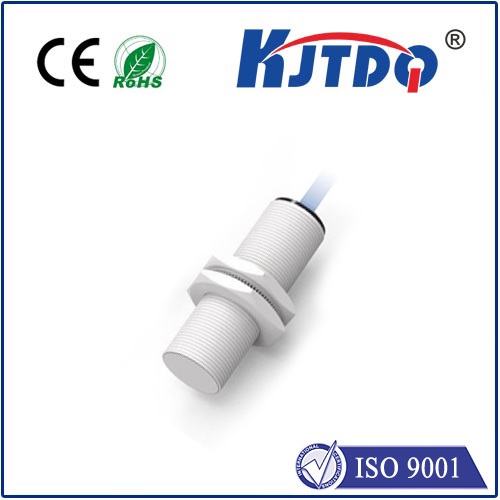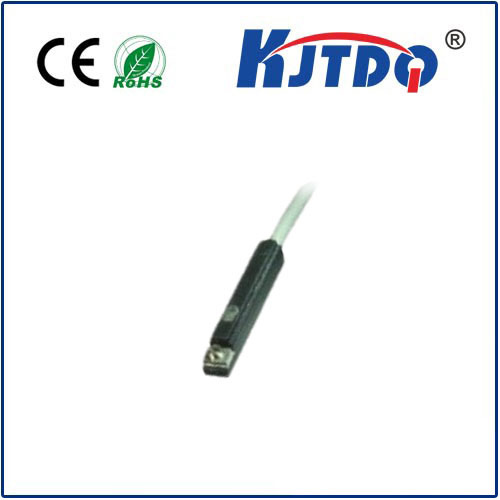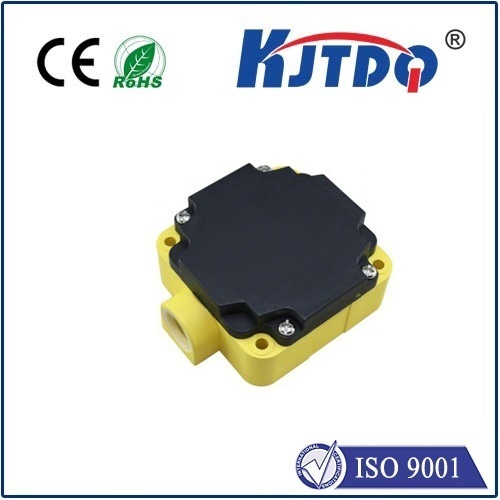Переключатель вертикального ограничения
- time:2025-08-07 01:30:53
- Нажмите:0
Understanding Vertical Limit Switches: Critical Safety Components in Industrial Systems
Have you ever ridden an elevator to the very top floor and wondered what prevents it from crashing into the machinery room above? Or watched a construction crane smoothly lift a massive load skyward and questioned the mechanism that ensures it stops precisely before reaching its maximum safe height? The unsung hero ensuring these operations remain safe and reliable is often the Переключатель вертикального ограничения. These seemingly simple devices play a vital role in preventing catastrophic over-travel, protecting valuable equipment, and, most importantly, safeguarding personnel.
What Exactly is a Vertical Limit Switch?
At its core, a vertical limit switch is an electromechanical safety device designed to detect when a moving component has reached a predetermined upper or lower point in its vertical travel path. When this critical position is reached, the switch actuates, changing its electrical state. This signal is sent to the machinery’s control system, typically commanding it to stop or reverse movement immediately. Think of it as a highly reliable sentinel stationed at the boundaries of safe operation.
How Do Vertical Limit Switches Work? The Mechanics Explained
While configurations vary, the fundamental principle involves physical interaction or proximity sensing:

- Physical Actuation: This is the most common type. A mechanical lever, roller arm, or plunger extending from the switch body is positioned along the path of the moving equipment (like an elevator car or crane trolley). As the moving part reaches its designated limit, it physically contacts and activates this arm. This action mechanically trips the internal switch contacts.
- Proximity Sensing: Non-contact versions use technologies like magnetic fields (reed switches sensing a magnet on the moving part) or inductive sensors (detecting the presence of metal). When the target on the moving equipment comes within close range of the sensor, it triggers the switch state without direct physical impact.
The result is the same: an electrical signal that unequivocally tells the control system, “STOP: Vertical limit reached!” This interruption halts potentially dangerous movement.
Key Applications: Where Vertical Safety is Paramount
Vertical limit switches are indispensable across numerous industries where precise vertical control and safety are non-negotiable:
- Elevators and Lifts: Crucial for passenger and freight elevators, they prevent the car from over-traveling at the top floor or plunging beyond the bottom floor pit. They are a fundamental part of elevator safety codes worldwide.
- Cranes and Hoists: Tower cranes, gantry cranes, and jib cranes rely heavily on vertical limit switches to stop the hook block or trolley before it reaches the upper sheave or boom end, preventing collisions, cable over-spooling, or structural damage.
- Material Handling Systems: Conveyor lifts, scissor lifts, automated storage and retrieval systems (AS/RS), and pallet stackers utilize these switches to define safe stacking heights and travel extents.
- Промышленное оборудование: Presses, stamping machines, cutting tools, and other equipment with vertical strokes employ limit switches to define the upper and lower limits of tool travel, enhancing both safety and process repeatability.
- Construction Equipment: Aerial work platforms (AWPs), telehandlers, and concrete pump booms integrate vertical limit switches to prevent over-extension and potential tip-overs.
- Stage and Rigging: In theatres and entertainment venues, limit switches control the safe ascent and descent of lighting trusses, scenery, and performers.
Choosing and Implementing Vertical Limit Switches: Critical Factors
Selecting the right vertical limit switch and installing it correctly is essential for reliable operation:
- Type of Actuation: Mechanical switches are robust and cost-effective but require direct contact. Proximity (non-contact) switches offer longer life and no physical wear but may require specific mounting conditions and targets.
- Environment: Consider factors like exposure to dust, moisture, chemicals, extreme temperatures, vibration, and potential impacts. Switches come with varying IP (Ingress Protection) ratings to handle harsh conditions. Explosion-proof models are needed for hazardous areas.
- Electrical Ratings (Voltage & Current): Must be compatible with the control circuit they are interrupting.
- Долговечность и точность: How many operating cycles is the switch rated for? What is the accuracy and repeatability required for the stopping position? Precise positioning is often critical.
- Mounting and Positioning: Proper mounting ensures the moving part reliably engages the switch at the exact required point. Misalignment can lead to premature triggering or, worse, failure to activate. Adjustable mounting brackets are common for fine-tuning.
- Redundancy: Critical safety applications often employ redundant limit switches (sometimes called “final limits”) placed slightly beyond the primary operating limit switch. This provides a backup layer of protection if the primary switch fails.
Importance of Maintenance and Testing
Like any safety component, vertical limit switches cannot be “fit-and-forget” devices. Regular preventive maintenance is vital:
- Visual Inspection: Check for physical damage, loose mounting hardware, corrosion, or accumulated debris that could interfere with operation.
- Functional Testing: Periodically test the switch by simulating the limit condition (safely!) to verify it reliably sends the stop signal. This is often mandated by safety regulations.
- Cleaning: Keep the actuation mechanism (roller, plunger) clean and free-moving. For proximity switches, ensure the sensing face and target are clean.
- Replacement: Replace switches showing wear, damage, or inconsistent operation immediately. Neglecting a faulty limit switch compromises the entire safety system.
Conclusion: The Unseen Guardian
Vertical limit switches are fundamental building blocks of industrial safety. They operate quietly and reliably in the background, often unnoticed until they perform their critical function. By providing a definitive stop signal at predetermined vertical limits, they prevent equipment damage, costly downtime, and, most importantly, protect human life. Understanding their function, selecting the appropriate type for the application, installing them with precision, and committing to regular maintenance are essential practices for any operation involving significant vertical movement. They are a small investment that delivers immense safety dividends, embodying the engineering principle that the simplest solutions are often the most critical.

